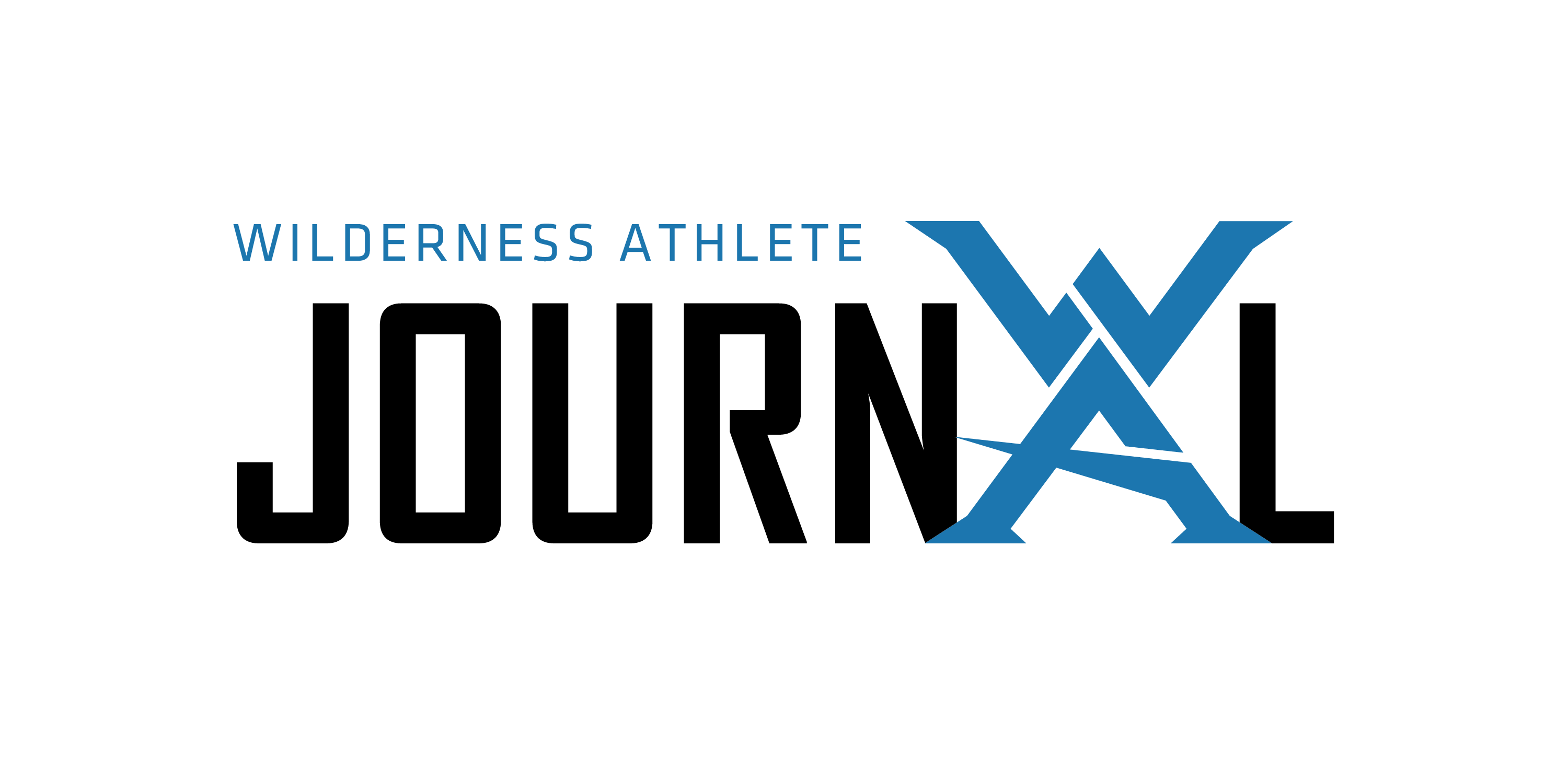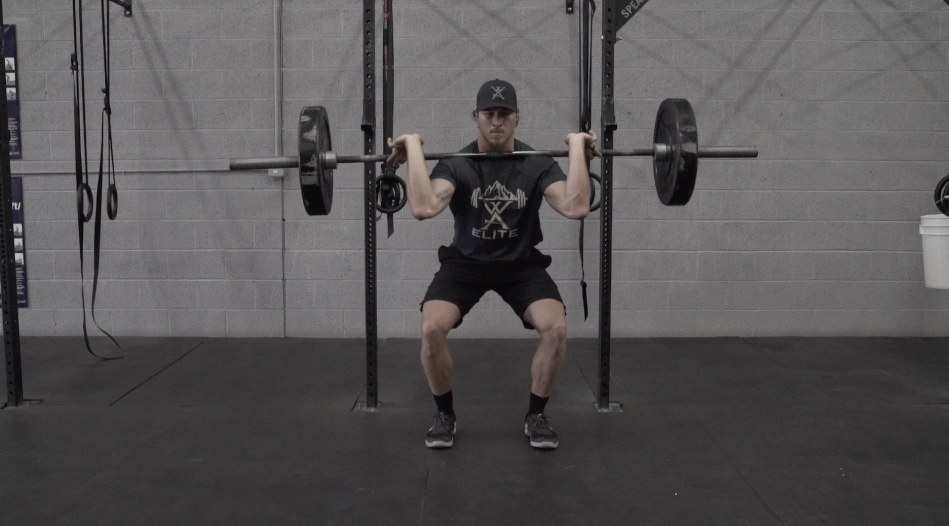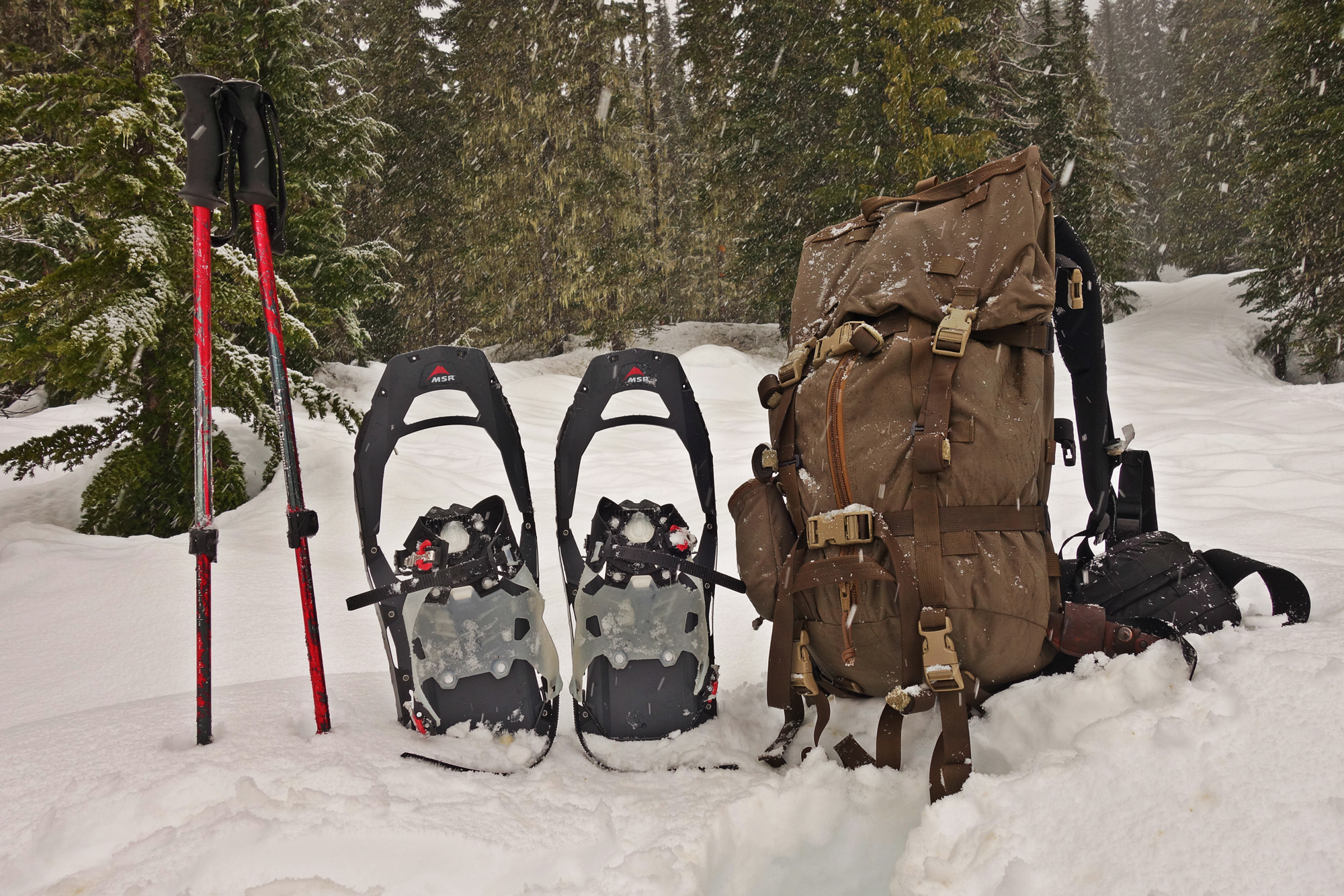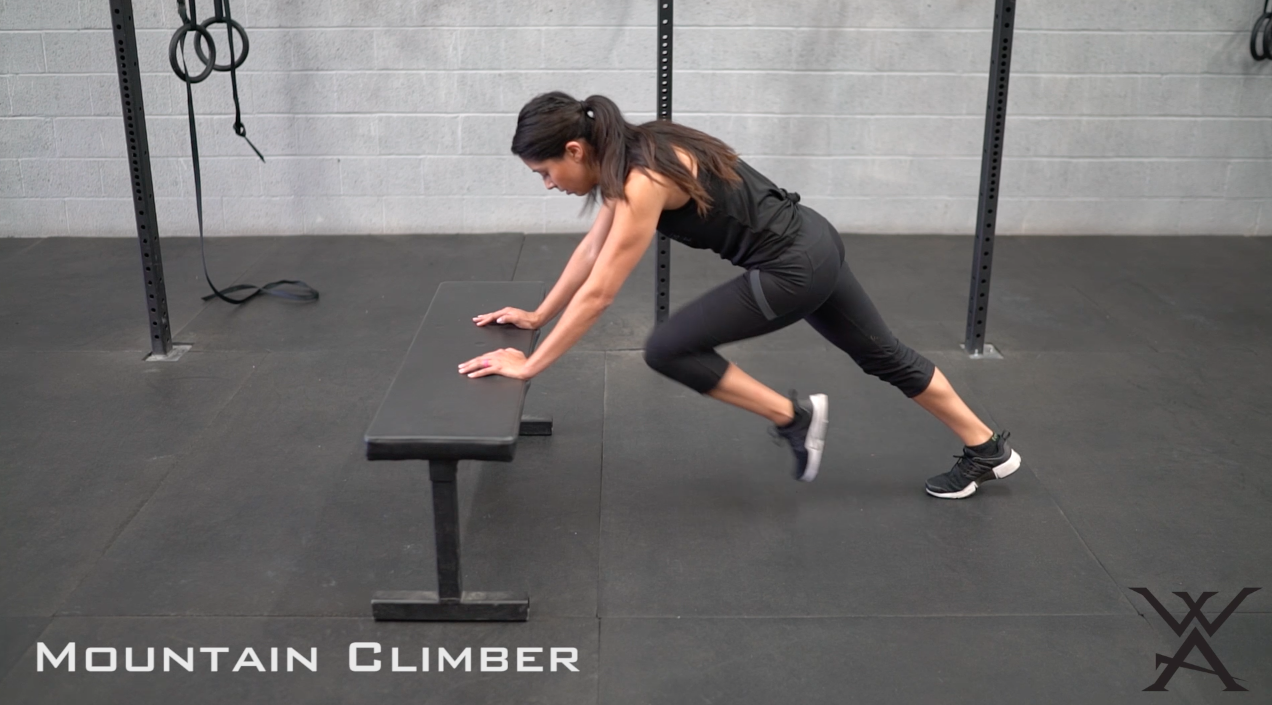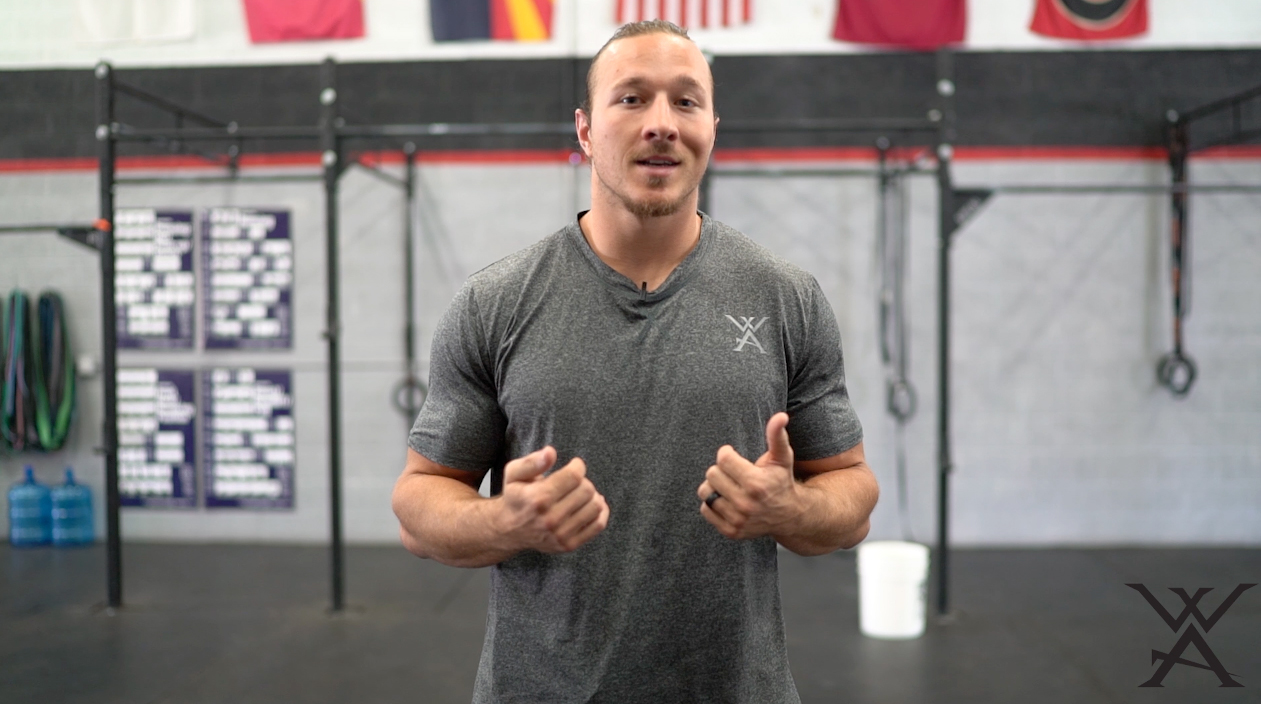HIP MOBILITY PART 2
In the previous week, we dissected the lunge and we were able to show you that this key movement has some major benefits for the Wilderness Athlete. This week we dive further into hip mobility and give you some great exercises to help you obtain your goals. If you have not watched the previous video…stop what you’re doing and go back and watch it now before you start with this one. You won’t want to miss out or jump ahead.
As a quick refresher, here are a few benefits of performing a lunge properly:
- They act as a warmup because you are warming up with lighter weights.
- They allow you to continue training around an injury.
- They correct left-right strength and size asymmetries.
- They improve general balance and proprioception.
- They’re similar to athletic movements such as running and bounding and therefore have a strong motor carryover to sport.
- Allows for de-loading of the spine-using, half the weight is twice the work.
This movement will also quickly show you how inflexible you are when it comes to your hip mobility. We sit all day every day and as we get older our hip flexors and IT bands shorten. With this lack of movement, our back becomes weaker and weaker. Maintaining your flexibility will help you gain strength and mobility the right way. Nobody wants to sacrifice mobility for the sake of muscle.
The 3 stretches that we have for you today include:
1. Warrior Pose
- A nice subtle stretch for the front of the body.
- Targets: Hip flexor, Abdominals, Chest, and Pec
2. Pigeon Pose (the one I struggled with)
- Targets: Deep Glutes, Groin, and Psoas (a long muscle on the side of your vertebral column and pelvis)
3. Lying Knee Twist
- Targets: IT Band, Lower Back, Outside Hip Muscles

We have given you many important factors in achieving hip mobility but didn’t spend a lot of time discussing hamstring mobility. We could write a whole textbook on hamstring performance and function but to keep it simple, squats, lunges, and deadlifts are great dynamic stretches for achieving hamstring mobility and thus contributing to overall hip mobility. If you want a specific hamstring stretch then you can perform traditional flexion movements sitting or standing to target the hamstrings. One very important factor in performing a hamstring stretch is to keep some pelvic/lumbar stability so you are getting a pure hamstring stretch and not targeting the discs and tendons in the back. There are times when lumbar flexion stretching is what we want to achieve but not when the back is injured and/or overstretched which is common in lumbar disc injuries. This is often where a consult with a rehab expert would be indicated if you have hip and/or back issues.
